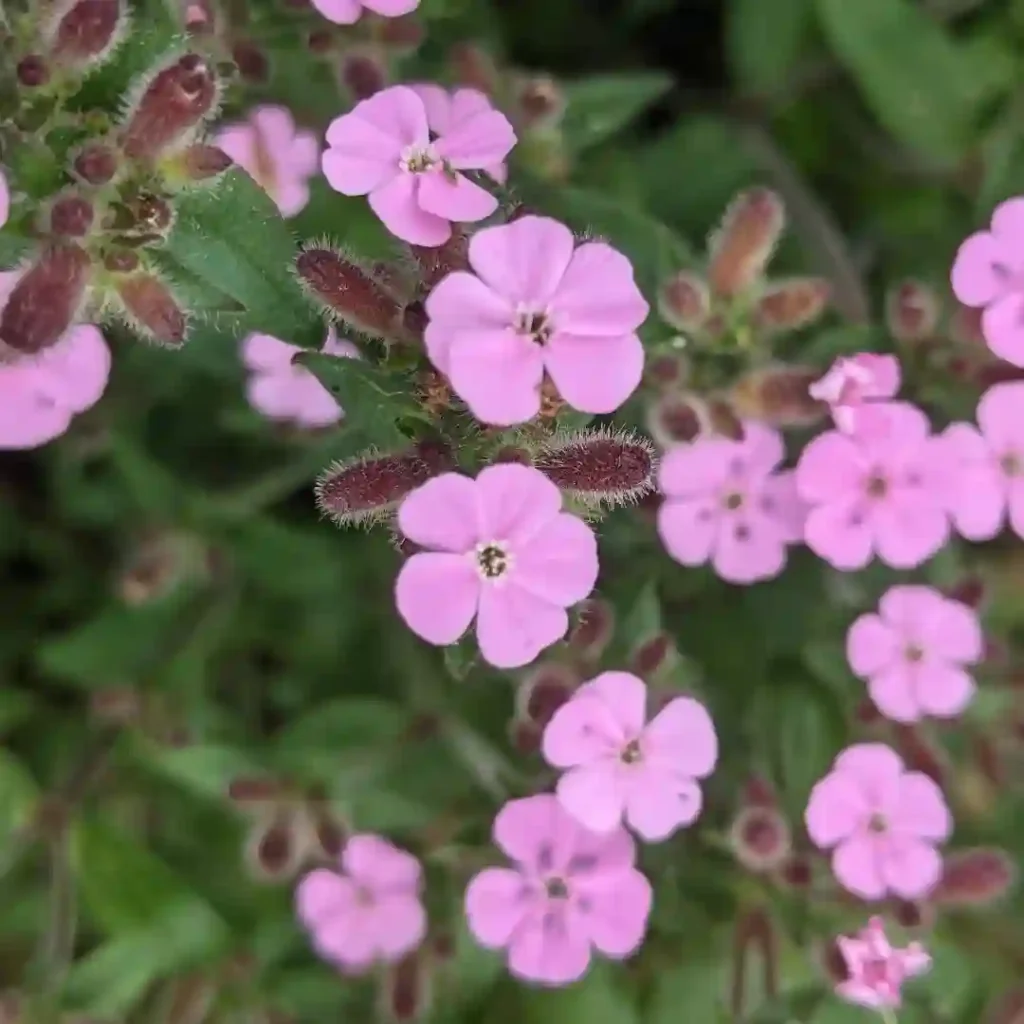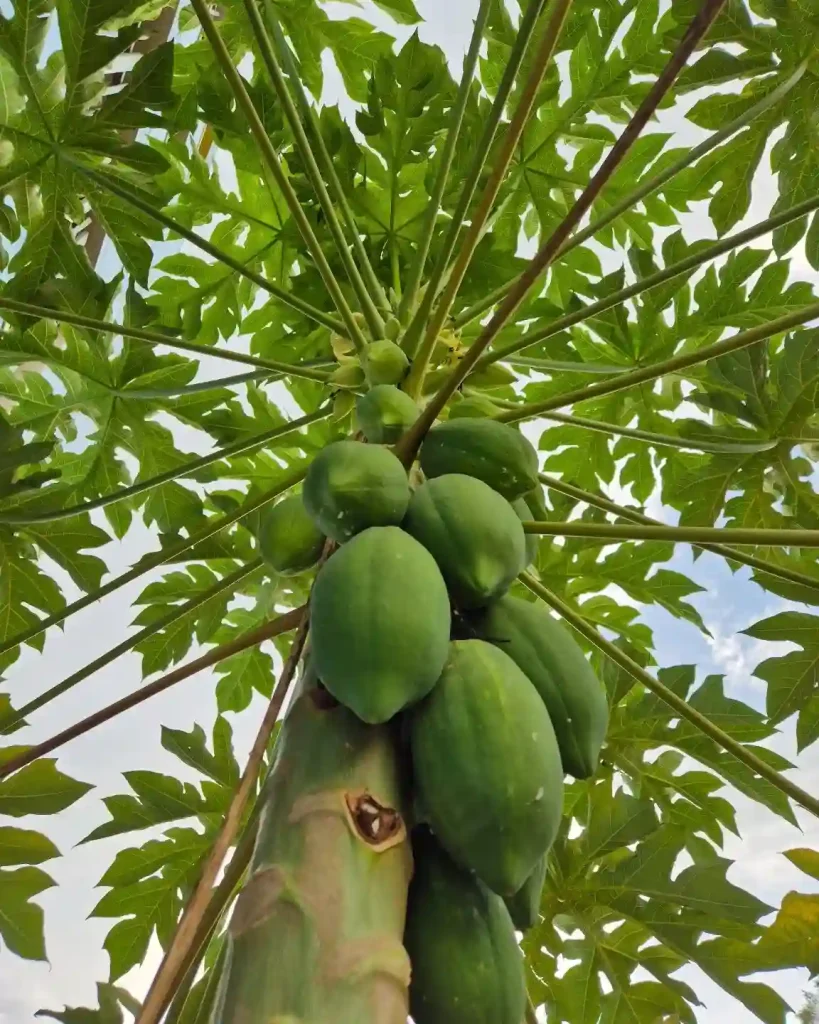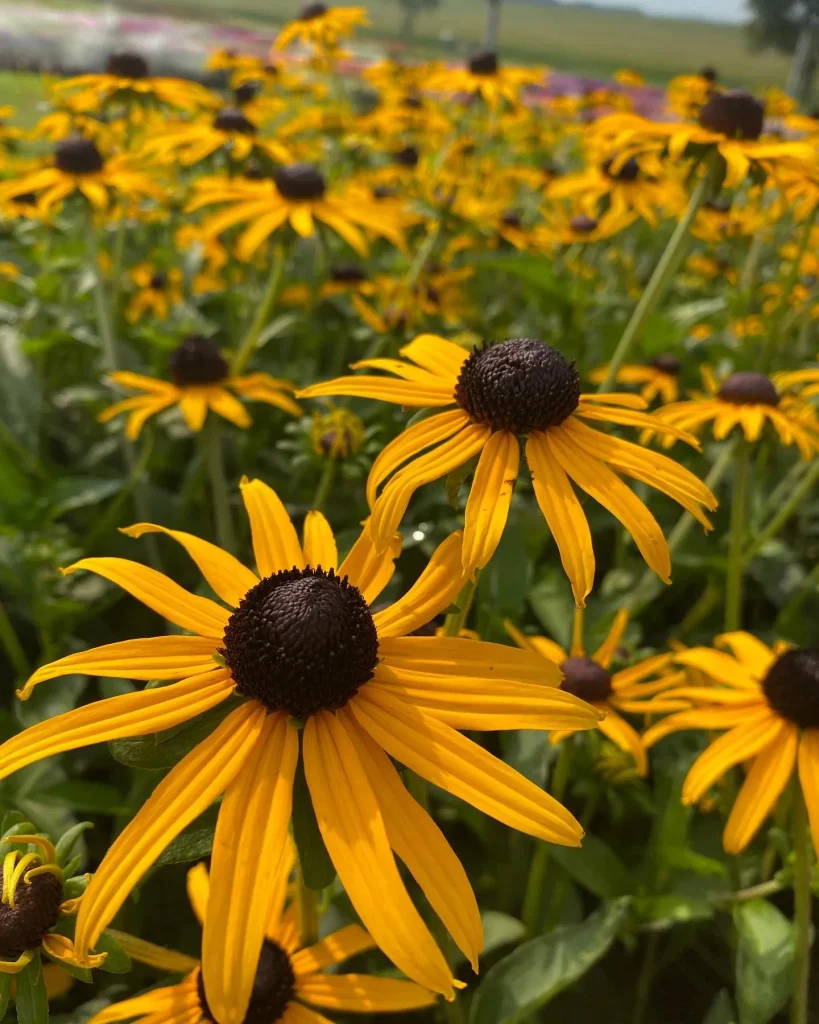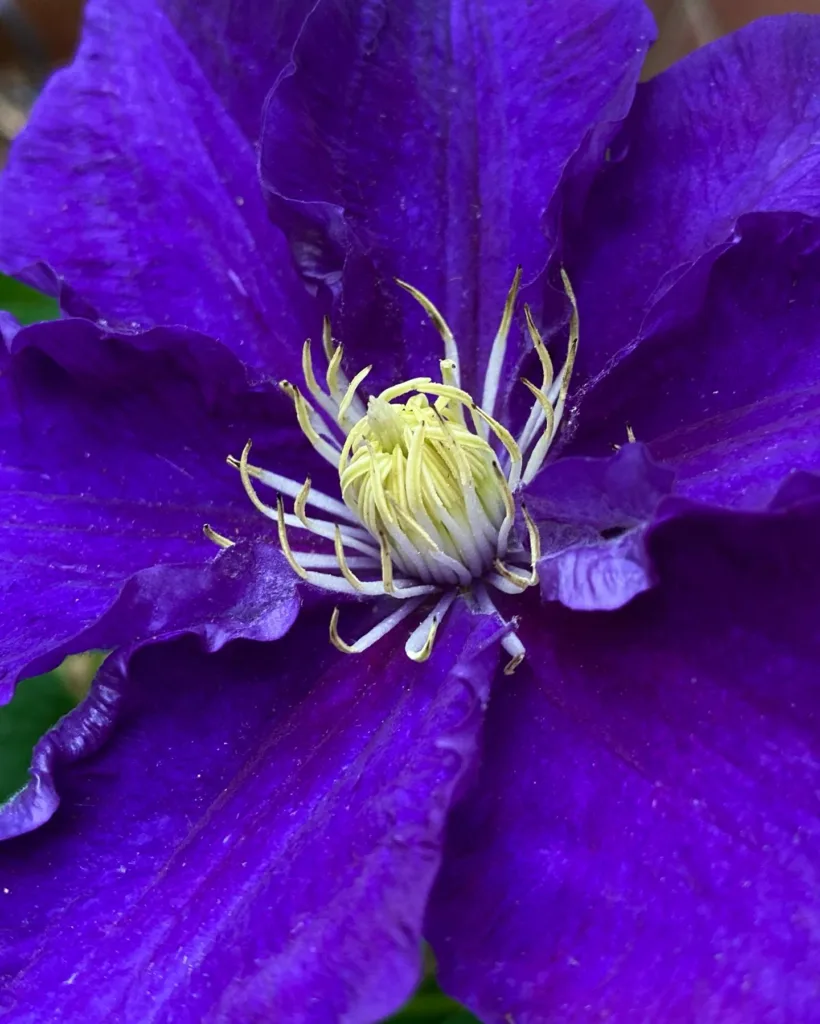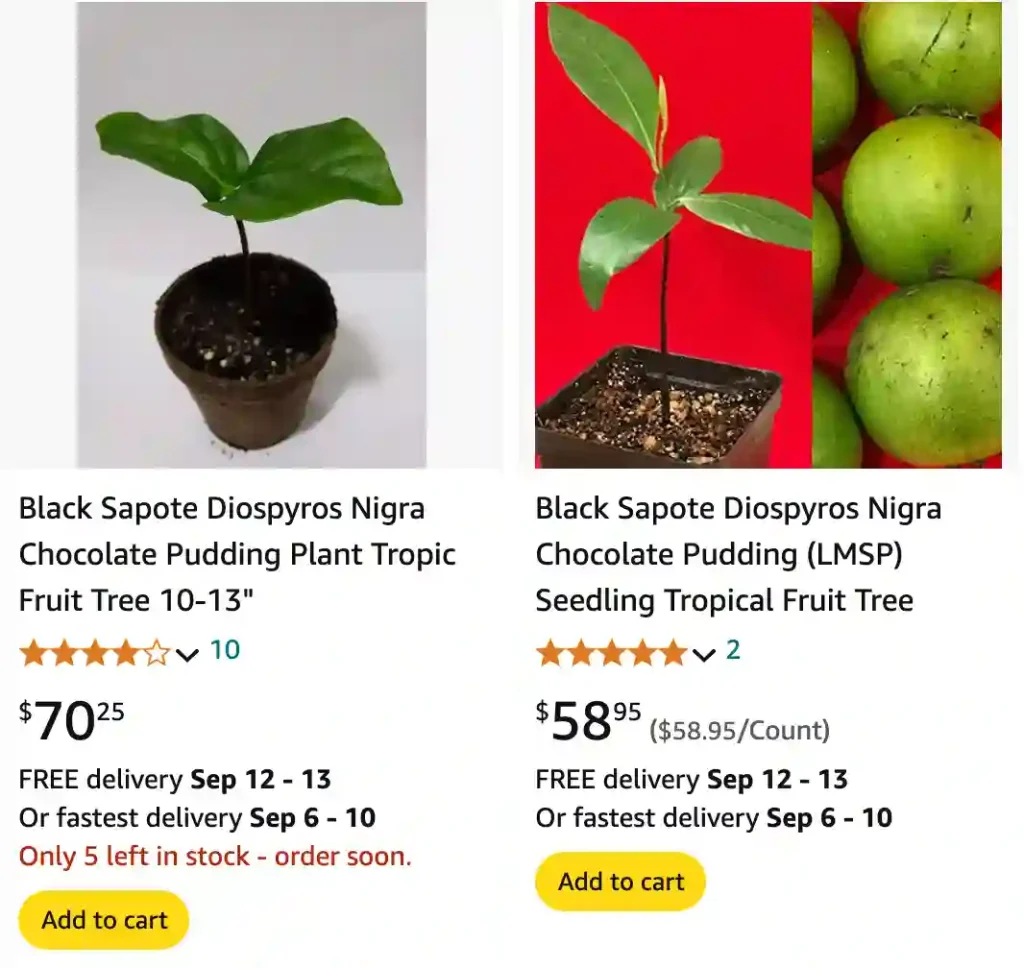
What is Diospyros Nigra?
Diospyros Nigra, commonly known as Black Persimmon, is a deciduous tree native to the southeastern United States. It belongs to the Ebony family, which includes other well-known species like the Ebony Tree (Diospyros ebenum). This tree is valued for its striking dark brown to black bark and its small, edible fruit that ripens to a deep orange color. The Black Persimmon is known for its resilience in various soil types and its ability to thrive in challenging conditions.
780 Species in Genus Diospyros
How to Care for Diospyros Nigra?
Caring for Diospyros Nigra involves several key considerations:
- Sunlight: Black Persimmons prefer full sun, though they can tolerate partial shade. A sunny spot will help the tree produce more fruit and maintain a robust growth pattern.
- Soil: This tree is adaptable to different soil types, including clay, sandy, or loamy soils. However, it thrives best in well-drained soil. Ensuring proper drainage is crucial to avoid root rot.
- Watering: While Black Persimmons are drought-tolerant once established, they benefit from regular watering during dry spells. Aim to keep the soil consistently moist but not waterlogged.
- Fertilization: A balanced fertilizer applied in early spring can support healthy growth. Avoid excessive fertilization, which can lead to lush foliage at the expense of fruit production.
- Pruning: Prune the tree in late winter or early spring to remove dead or crossing branches. This will help maintain a strong structure and promote better air circulation.
How to Propagate Diospyros Nigra?
Propagating Diospyros Nigra can be done through several methods:
- Seed Propagation: Collect seeds from ripe fruit in the fall. Soak the seeds in water for 24 hours, then plant them in a well-draining potting mix. Keep the soil consistently moist and place the pot in a warm, sunny location. Germination can take several weeks to months.
- Cuttings: Take semi-hardwood cuttings in late summer or early fall. Use a rooting hormone and plant the cuttings in a mixture of perlite and peat moss. Maintain high humidity around the cuttings and provide indirect light until roots develop.
- Grafting: For those looking to reproduce a specific cultivar, grafting can be an effective method. Graft a scion onto a rootstock that has similar growth characteristics to ensure compatibility.
What to Plant With Diospyros Nigra?
Pairing Diospyros Nigra with compatible plants can enhance your garden’s aesthetic and ecological balance:
- Companion Plants: Consider planting it alongside native shrubs and perennials like Rhododendrons, Azaleas, and Virginia Bluebells. These plants complement the Black Persimmon’s natural habitat and provide visual interest throughout the seasons.
- Groundcovers: Adding groundcovers like Creeping Juniper or Hostas can help with soil erosion and weed control around the base of the tree.
- Trees: If you have space, other native trees like Oak or Maple can create a diverse and visually appealing landscape. These trees also support local wildlife and contribute to a healthy ecosystem.
Is Diospyros Nigra Toxic?
Diospyros Nigra is generally not considered toxic to humans or pets. However, the fruit is not commonly consumed in large quantities due to its astringent nature before ripening. Always handle plants and fruits with care and consult with a local expert if you have specific concerns about toxicity.
Benefits of Diospyros Nigra
- Ornamental Value: The Black Persimmon’s dark bark and glossy leaves make it an attractive addition to landscapes, providing year-round interest.
- Wildlife Support: The fruit of Diospyros Nigra attracts birds and small mammals, supporting local wildlife populations.
- Ecological Value: Its adaptability to various soil types makes it a valuable tree for erosion control and soil stabilization.
Common Problems with Diospyros Nigra
- Pests: Black Persimmons can be susceptible to pests like scale insects and spider mites. Regular monitoring and treatment with appropriate insecticides can manage these issues.
- Diseases: Watch for signs of fungal diseases such as leaf spot or root rot. Ensuring good air circulation and avoiding overwatering can help prevent these problems.
- Fruit Drop: Excessive fruit drop can occur if the tree is stressed or if there are fluctuations in water availability. Providing consistent care can mitigate this issue.
Compare with Other Similar Trees
If you’re considering other trees similar to Diospyros Nigra, you might compare it with:
- Diospyros Virginiana (American Persimmon): While both species are persimmons, Diospyros Virginiana typically grows in more varied climates and produces larger fruit. It also tends to be more frost-hardy.
- Diospyros Ebenum (Ebony Tree): This tree is prized for its dense, dark wood and ornamental value. However, it requires more specific growing conditions compared to the adaptable Diospyros Nigra.
In conclusion, Diospyros Nigra is a versatile and attractive tree that can enhance any garden with its unique characteristics and benefits. Whether you’re looking to grow it for its ornamental value or its support for local wildlife, understanding how to care for and propagate this tree will ensure its success in your landscape.
If i die, water my plants!
